Table of Contents
Persuading the Supreme Court
Persuading the
Supreme Court
The Significance of Briefs
in Judicial Decision-Making
Morgan L. W. Hazelton
and
Rachael K. Hinkle
 University Press of Kansas
University Press of Kansas
2022 by the University Press of Kansas
All rights reserved
Published by the University Press of Kansas (Lawrence, Kansas 66045 ), which was organized by the Kansas Board of Regents and is operated and funded by Emporia State University, Fort Hays State University, Kansas State University, Pittsburg State University, the University of Kansas, and Wichita State University.
Library of Congress Cataloging-in-Publication Data
Names: Hazelton, Morgan L. W., author. | Hinkle, Rachael K., author.
Title: Persuading the Supreme Court : the significance of briefs in judicial decision-making / Morgan L. W. Hazelton and Rachael K. Hinkle.
Description: Lawrence, Kansas : University Press of Kansas, 2022 . | Includes bibliographical references and index.
Identifiers: LCCN 2021061605
ISBN 9780700633630 (paperback)
ISBN 9780700633647 (ebook)
Subjects: LCSH: United States. Supreme Court. | Judicial processUnited States. | Legal briefsUnited States.
Classification: LCC KF 8742 .H 2022 | DDC 347.73 /dc/eng/ 20220608
LC record available at https://lccn.loc.gov/ 2021061605 .
British Library Cataloguing-in-Publication Data is available.
Printed in the United States of America
10 9 8 7 6 5 4 3 2 1
The paper used in the print publication is acid free and meets the minimum requirements of the American National Standard for Permanence of Paper for Printed Library Materials Z 39.48 1992 .
For my mother, Trica, and my mother-in-law, Katie.
MLWH
For my mother, Julie, and Pat Hoose, who sends hilarious birthday cards.
RKH
Contents
Figures and Tables
Figures
Tables
Preface
On the first day of graduate school in political science at Washington University in St. Louis, Missouri, we discovered we were kindred intellectual spirits. We both had attended law school and were leaving legal careersRachael as a judicial clerk and Morgan as an attorney working in civil defense. More than that, we both had a love of text, be it literary, judicial, or academic. Finally, we were keenly interested in learning and using quantitative tools to garner new insights into issues of law and politics. These shared experiences and interests form the backbone of the research we undertook for this book.
Years later, as part of an exploration of a joint project about Supreme Court decision-making, Jim Spriggs suggested that we obtain the text of Supreme Court briefs. That suggestion led us on a long and winding road that has culminated in this book. Although Jim had to withdraw from the project after a few years, we are very grateful to him for that important suggestion and his insights from prior work on briefs. We are also grateful to him for the overall guidance to us both in and after graduate school.
Since we both came to political science with backgrounds as attorneys, we approached this project with the suspicion that the arguments lawyers make matter in ways that are likely to be interesting. Much ink has been spilled on the role of ideology in judicial decision-making. However, we felt there was much more to be learned about the mediating role of how lawyers provide information to the justices to help them assess which policies are likely to meet their goals. Since both of us were also interested in developing and using computational methods for textual analysis, this project formed a perfect opportunity to blend our theoretical expectations with nuanced empirical examination.
We began by collecting the briefs available on Westlaw from 1970 to 2005 . Further investigation revealed gaps in the data, which we sought to fill by obtaining all briefs available from Lexis. Since the two services create their unique identifiers for briefs, even a seemingly simple task such as eliminating the overlapping documents present in both data sets was a headache. Rather than stop with electronically available briefs, we took to the sub-sub-basement of the Cornell Law Library to track down and scan hard copies of missing briefs. While both of us contributed to the data collection, Rachael bore more of the brunt of this grueling work. After years of data collection and processing, Lee Epstein invited us to submit a piece on Supreme Court briefs to a special issue of the Washington University Journal of Law and Policy devoted to exploring the Supreme Court under the leadership of Chief Justice Roberts. This invitation spurred us to extend our data collection an additional ten years.
Over the years, we remained doggedly persistent through all the challenges posed by the data collection because we had questions we wanted to answer. Morgan further expanded this already ambitious project by conducting interviews of practitioners and former Supreme Court clerks to provide an authentic, experience-based foundation to our theoretical arguments. We are indebted to these fascinating interviewees who generously shared their experiences and understanding of Supreme Court litigation. Morgan identified themes and points of contention across the interviews and integrated those insights throughout the book. After years of hard work on data collection and interviews, we are excited about all the interesting questions we can raise and explore in this book. Our data allows us to weave together multiple lines of research and firsthand accounts to present a more unified picture of Supreme Court practice. For example, we extend theoretical expectations about litigant resources to amici and incorporate insights from work on amicus briefs to examine litigant briefs. Our work also considers the complex interactions among briefers and how that coordination speaks to theories regarding lobbying. Relatedly, we take on the task of understanding how briefs can signal policy coalescence and how the Court interprets such communications.
This project is an heir to Paul Collinss Friends of the Supreme Court in both substance and form. That excellent book set the bar in our understanding of amicus briefs. Tackling the task of moving forward our knowledge of the Supreme Court in a comparable way has been both intimidating and inspiring. Not only have we built on the excellent insights in his book to build our theory but we also seek to follow his example in making data readily available to the research community and supporting research in this area in a variety of ways. His comments on various parts of this project over the years have been very useful and are greatly appreciated.
Additionally, we owe a sizeable intellectual debt to the work of Pam Corley (including her work with Paul Collins and others), whose pathbreaking articles regarding using quantitative tools to examine the text of briefs and opinions opened the door to this work. In addition to this invaluable foundation, she has been generous with her insights and feedback over the years. Pam has also provided clearheaded encouragement and mentorship. We are fortunate to be in the same field as her.
The list of others to whom we are also grateful for their thoughts on this work is quite extensive. We have received incisive and insightful comments from audiences at a range of academic gatherings, including workshops at Saint Louis University School of Law, the Baldy Center for Law and Policy at the University at Buffalo, and Washington University in St. Louis, as well as the Political Economy and Public Law Conference, the Conference on Empirical Legal Studies, the Political Economy of the American Judiciary Conference hosted by Kelloggs Ford Motor Company Center for Global Citizenship and Northwestern Pritzker Law School, and annual conferences of the American, Midwest, and Southern Political Science Associations. We are especially grateful for the helpful advice provided by Alyx Mark, Claire Wofford, John Scheb, Kevin Quinn, Lee Epstein, Michael J. Nelson, Paul Collins, Paul Gardner, Rich Pacelle, Ryan Black, Steve Puro, and Tracey George. We are also grateful to David Congdon for being a consistently excellent editor throughout this process. Working with him has truly been a pleasure.


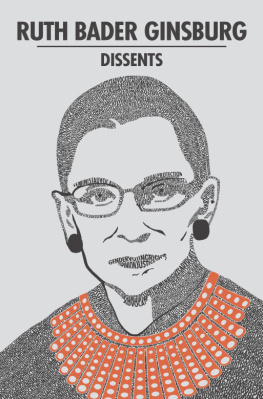
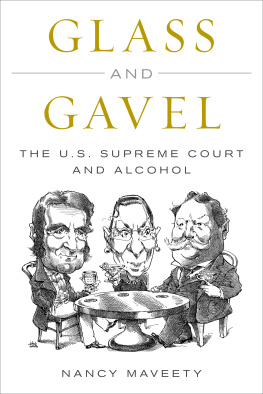

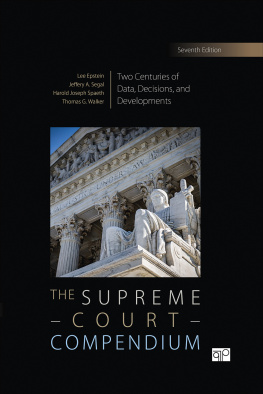
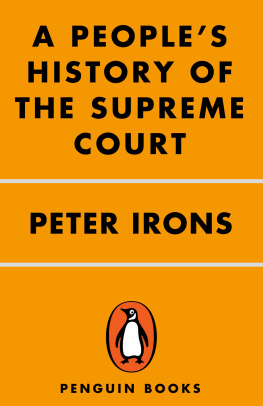
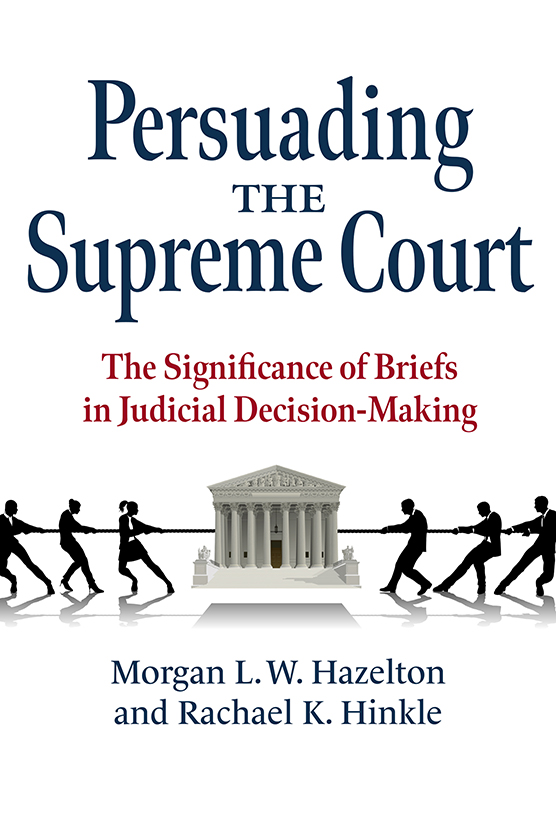
 University Press of Kansas
University Press of Kansas